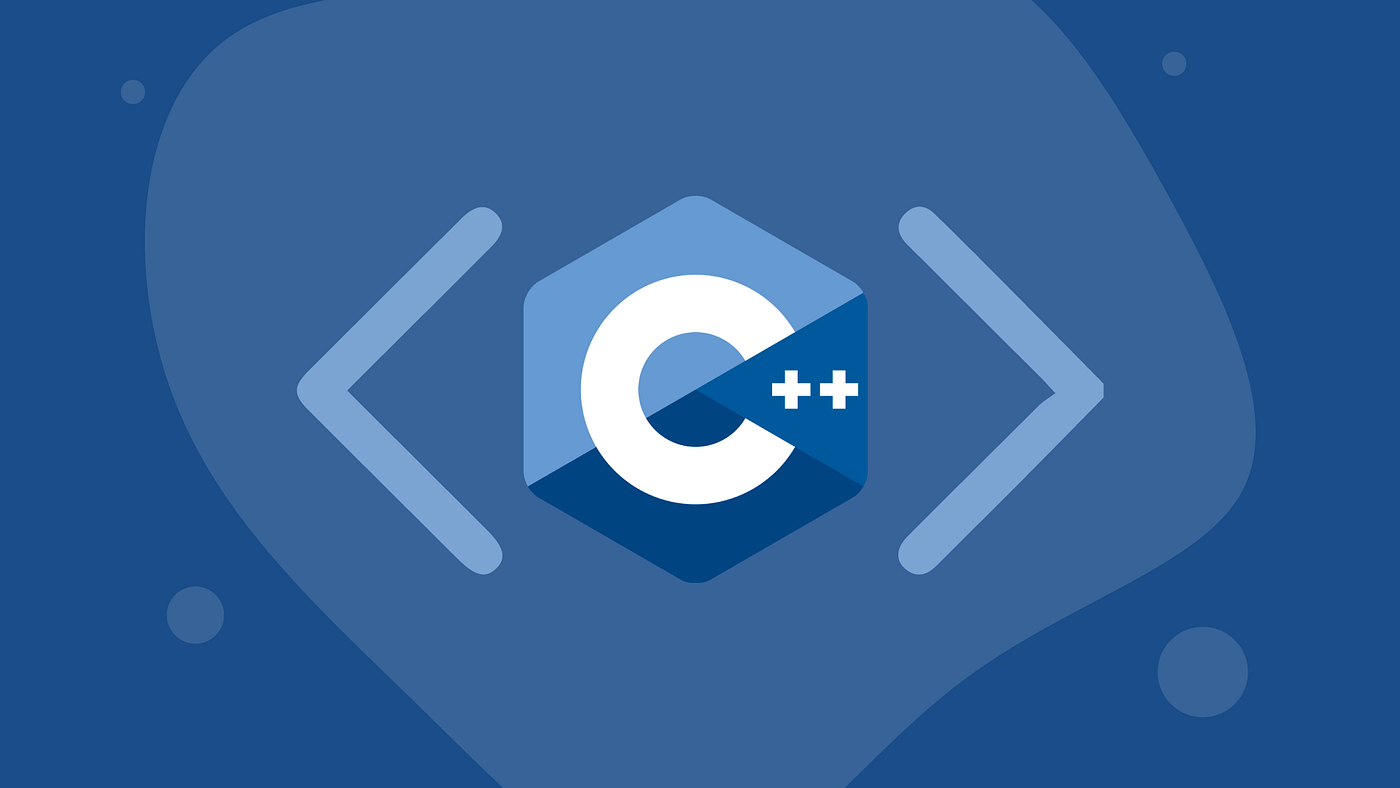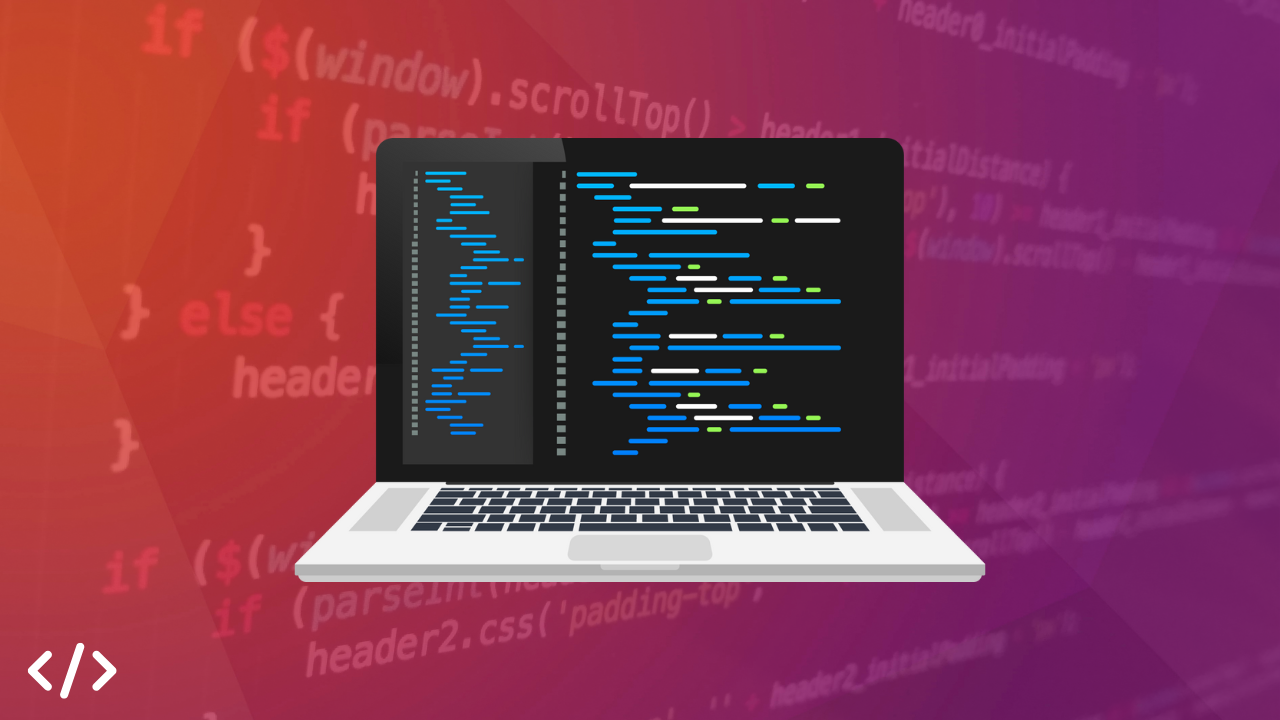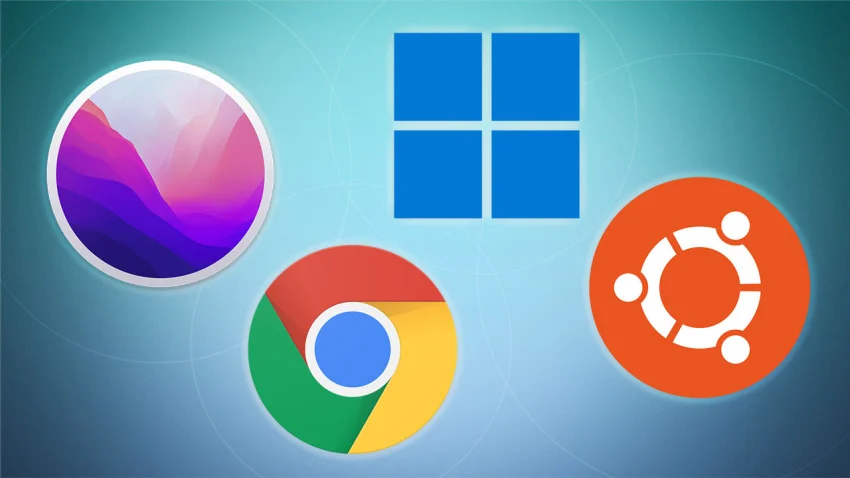
C++
C++ is a powerful and versatile programming language that has played a significant role in software development for decades. Created as an extension of the C programming language, C++ introduces object-oriented programming (OOP) features and additional functionalities, making it suitable for a wide range of applications. Here's an overview of C++ and its key characteristics:
I use C++ mainly for its object oriented capabilities. It can handle all C programming functions too.
1. Object-Oriented Programming: C++ is known for its strong support of object-oriented programming (OOP) principles. It allows developers to organize code using classes, objects, inheritance, polymorphism, and encapsulation, which enable modular and reusable code structures.
2. High Performance: C++ is often chosen for applications that require high performance, low-level memory manipulation, and efficient use of system resources. It allows direct memory management, making it suitable for systems programming and applications where performance is critical.
3. Standard Template Library (STL): C++ includes the Standard Template Library (STL), which provides a collection of reusable data structures (like vectors, lists, maps) and algorithms. This library accelerates development by offering pre-built components for common tasks.
4. Portability: C++ programs can be compiled and run on various platforms, making it a suitable choice for cross-platform development. The language's standardized specifications ensure consistent behavior across different systems.
5. Multi-Paradigm Language: C++ supports multiple programming paradigms, including procedural, object-oriented, and generic programming. This flexibility allows developers to choose the most appropriate paradigm for their project's requirements.
6. Low-Level Features: C++ allows direct memory manipulation and access to low-level system resources, making it suitable for systems programming, embedded development, and applications that require fine-tuned control.
7. Extensibility: C++ enables developers to write reusable libraries and frameworks, contributing to the growth of a vast ecosystem of third-party libraries that can be incorporated into projects.
8. Wide Range of Applications: C++ is used in various domains, including game development, system software (operating systems, device drivers), real-time simulations, graphics programming, financial applications, and more.
9. Compatibility with C: C++ is backward compatible with C, which allows developers to integrate existing C code into C++ projects seamlessly. This compatibility helps maintain and extend legacy codebases.
10. Industry Usage: C++ has been used to develop some of the most significant and performance-intensive software systems, including video games, high-frequency trading platforms, 3D graphics engines, and more.
11. Community and Resources: C++ has a strong community of developers and enthusiasts who contribute to its growth and improvement. There are numerous online resources, forums, and documentation available for learning and troubleshooting.
While C++ offers a wide array of advantages, it also has a steeper learning curve due to its complexity and the potential for manual memory management, which requires careful attention to avoid memory leaks and other issues. Nonetheless, for developers looking to create high-performance, efficient, and feature-rich applications, C++ remains an indispensable language in the world of programming.
Aug. 19, 2023, 12:40 p.m.





